
The Business of Fashion
Agenda-setting intelligence, analysis and advice for the global fashion community.

Agenda-setting intelligence, analysis and advice for the global fashion community.
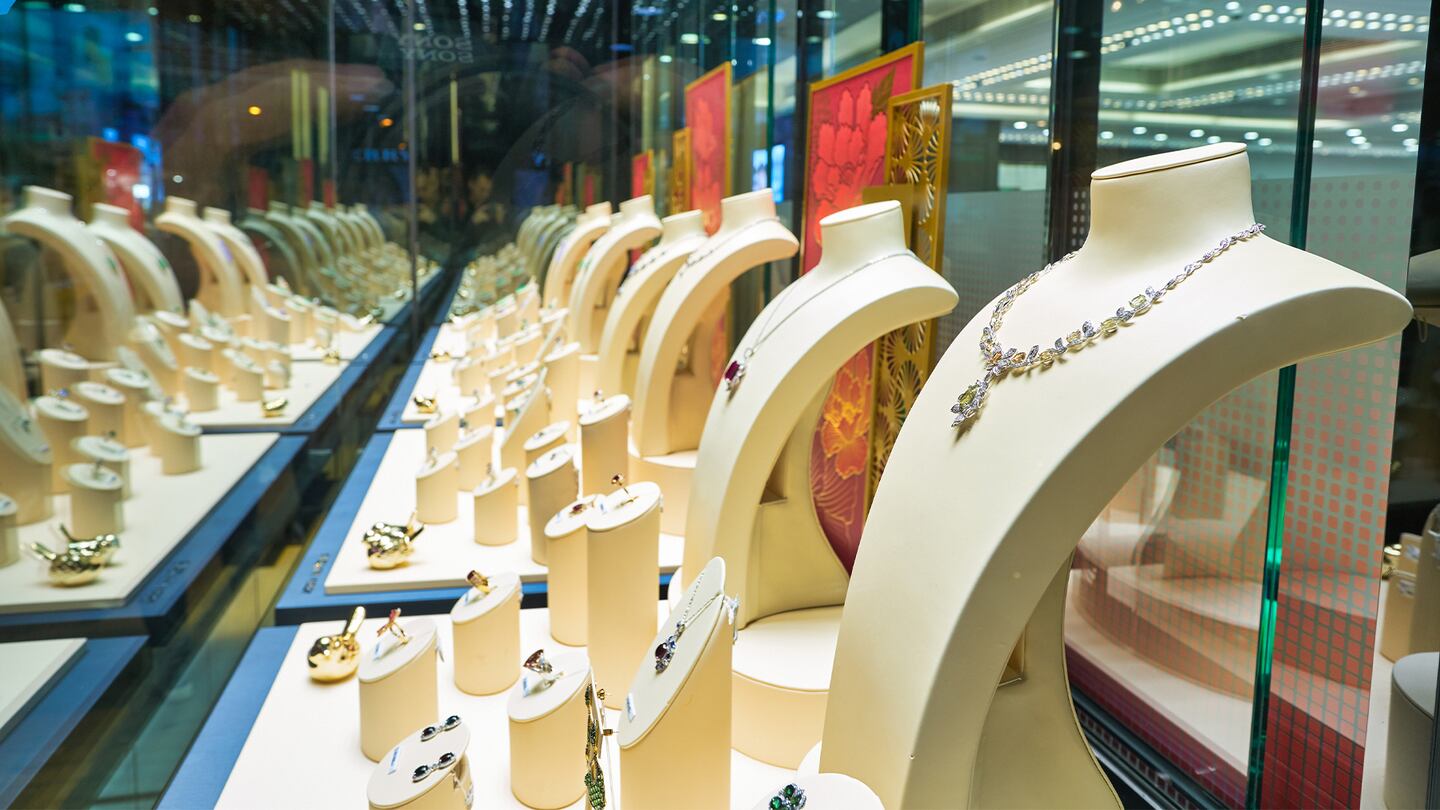
The 15-carat De Beers Cullinan Blue diamond, expected to fetch more than $48 million when it goes under the hammer, is set to be the star of Sotheby’s Hong Kong Luxury Week, which returns to the city on April 23.
The event is a bright spot for Hong Kong’s luxury market after no shortage of gloom. Starting in 2019, mass protests and some of the world’s toughest Covid restrictions effectively eliminated tourism, plunging the long-time luxury retail capital, which once accounted for as much as 5 percent of global luxury consumption, into steep decline. From 2018 to 2020, Hong Kong’s luxury sector fell by half, according to Euromonitor.
Now, protestors have been silenced and Hong Kong is slowly lifting Covid-19 restrictions, but the road back to pre-protest, pre-pandemic levels of luxury consumption is sure to be long and uncertain. No-one expects a return to the days of heavy tourist flows from mainland China anytime soon. And Hong Kong’s personal luxury goods sector isn’t predicted to return to 2018 levels ($14.36 billion) until 2025.
Consumer sales hard hit
ADVERTISEMENT
Hong Kong’s jewellery market has declined along with wider luxury sales in the city. According to data from Chow Sang Sang, one of Hong Kong’s top jewellers, the loss of mainland tourists robbed it of 50 percent of its sales revenue in the city.
That’s not to say overall business has suffered.
Hong Kong’s biggest jewellery players, including Chow Sang Sang and Chow Tai Fook, have pivoted their focus to local consumers. Since the beginning of the pandemic, Chow Sang Sang said it has managed to grow its sales among Hong Kong-based customers by 20 percent. That’s not enough to offset the loss of mainland consumers. But critically both Chow Tai Fook and Chow Tai Sang have successfully targeted mainlanders at home with their extensive network of Mainland Chinese stores and online presence.
“In [mainland] China every big jewellery player is doing well, us and Chow Tai Fook, everyone with a significant presence there is doing well,” said Fai Leung, Chow Sang Sang’s head of e-commerce. At Chow Sang Sang, sales grew 73 percent in the first half of 2021.
It’s a similar story at international high jewellery house Van Cleef and Arpels, which has long put Hong Kong at the centre of its Asia strategy. “[We had to] refocus on our local clients and this has been very successful,” said Nicolas Luchsinger, Van Cleef & Arpels’ Asia Pacific president, who declined to reveal local sales numbers. The company has also made up for the shortfall by targeting mainlanders at home. “But we believe in the future of luxury in Hong Kong,” Luchsinger said, adding that the brand has spent the past two years renovating stores and moving to better locations in anticipation of the eventual return of tourism.
An enduring B2B hub
If the future of Hong Kong’s consumer market looks hopeful but uncertain, the city remains a powerful B2B hub for the jewellery industry despite the years of upheaval.
After a 20 percent decline in 2020, Hong Kong’s fine jewellery exports rebounded sharply by 65 percent year-on-year to hit $6.9 billion in January to September 2021, 15 percent above 2019 levels, according to data from the Hong Kong Trade Development Council (HKTDC).
ADVERTISEMENT
“Most of the material companies, whether the top-level Israeli diamond dealers or the mid-level Indian companies, set up their branch office or their companies here in Hong Kong,” explained Wings Cheung, general manager of the Hong Kong Jewellery Manufacturers Association, adding that they are drawn by Hong Kong’s major jewellery trade shows as well as the volume of gems and other materials passing through Hong Kong and its corporate tax rate, at 16.5 percent, among the world’s lowest.
“We chose Hong Kong as the centre to do business [because] it’s a free port, it’s very easy for us to import and export diamonds to and from any other part of the world,” said Sanjay Kothari, vice chairman at KGK Group, a privately-held company that doesn’t break out revenue but describes itself as one of the world’s largest wholesalers of diamonds, gemstones and jewellery. The business began in 1905 trading gems in Jaipur and has been operating in Hong Kong since 1962.
Thousands of jewellery businesses utilise Hong Kong as a B2B hub, sourcing raw materials from around the world and importing them to Hong Kong before they cross the border to southern Chinese and its manufacturing centre of Panyu. The finished products then return to Hong Kong, where they are sold or exported to wholesale clients around the world.
“Hong Kong provides a lot of convenience for business, specifically in our trade,” Kothari said. “Not to mention we are next to China, one of the largest emerging markets for gems and jewellery in the world.”
时尚与美容
FASHION & BEAUTY
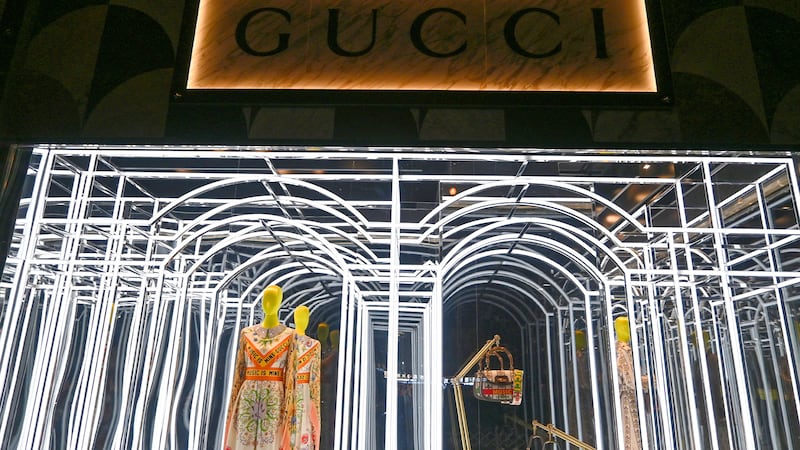
Gucci, Valentino Appoint New Chiefs in China
Both Italian houses have installed new management to oversee their businesses in China, a crucial market for luxury goods consumption. At Gucci, Laurent Cathala will take over as president of Greater China, Fashion Business. Cathala joins the company from Tiffany & Co, where he was president of Greater China and the North Asia Region. At Valentino, Janice Lam has joined as CEO of Greater China. She has perviously held positions at Prada and Richemont Group-owned Alfred Dunhill. (BoF)
ADVERTISEMENT
Chinese Retailer Bananaunder Aims for $500 Million IPO
The Sequoia China-backed brand, known for clothing, footwear and accessories with inbuilt sun protection, has filed to list on the Hong Kong Stock Exchange. The Hangzhou-based company recorded sales revenue of 2.4 billion yuan ($376.77 million) last year, with a compound annual growth rate of 150.1 percent since 2019, not enough to avoid posting a net loss of 5.47 billion yuan in 2021, attributed mainly to hefty marketing outlays. (BoF)
科技与创新
TECH & INNOVATION
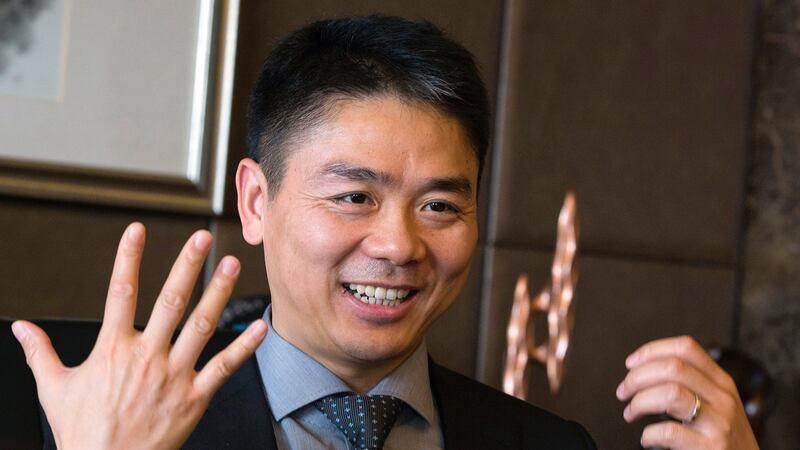
JD.com Founder Steps Back From CEO Role
Liu Qiangdong, also known by the English name Richard Liu, has been replaced as the e-commerce firm’s chief executive by Xu Lei, effective immediately. Xu also replaced Liu as company president last September and will join JD.com’s board as an executive director. Though Liu has stepped back from the day-to-day running of the company he founded in 1998, he will remain the chairman of the board. (BoF)
Fashion AI Firm Zhiyi Tech Raises $100 Million in New Funding
The four-year-old company is based in Hangzhou, and was founded by two Carnegie Mellon PHDs specialising in artificial intelligence and facilitates livestreaming e-commerce operations. Zhiyi works by scouring the internet for styles, including those from Instagram influencers and fashion shows, and turning them into actionable insight for designers, for example by tracking colours, materials or patterns that are trending. It also analyses apparel sales on e-commerce sites like Alibaba’s Taobao marketplace and Douyin, the Chinese version of TikTok, to identify bestselling products and has an ecosystem of suppliers that can manufacture fashion items according to the identified trends. It’s essentially a one-stop solution for brands and influencers making money off live commerce. (Techcrunch)
消费与零售
CONSUMER & RETAIL
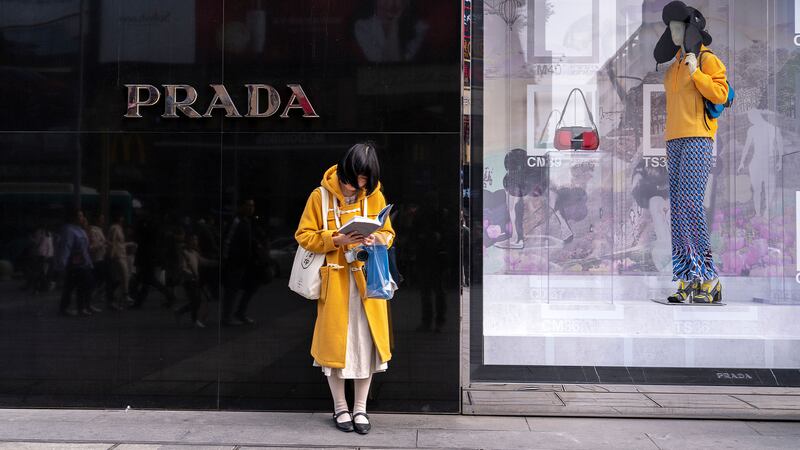
Chinese Consumer Inflation Continues to Creep Up
China’s official consumer price index (CPI) slightly beat expectations by rising to a three-month high of 1.5 per cent in March from a year earlier, up from a rise of 0.9 per cent in February, data released on Monday showed. Consumer inflation may rise further to above 2 per cent in April “as households across China have been stocking up food and other necessities after observing the fallout from the Shanghai lockdown”, Nomura analysts led by Lu Ting said. (South China Morning Post)
政治,经济与社会
POLITICS, ECONOMY, SOCIETY
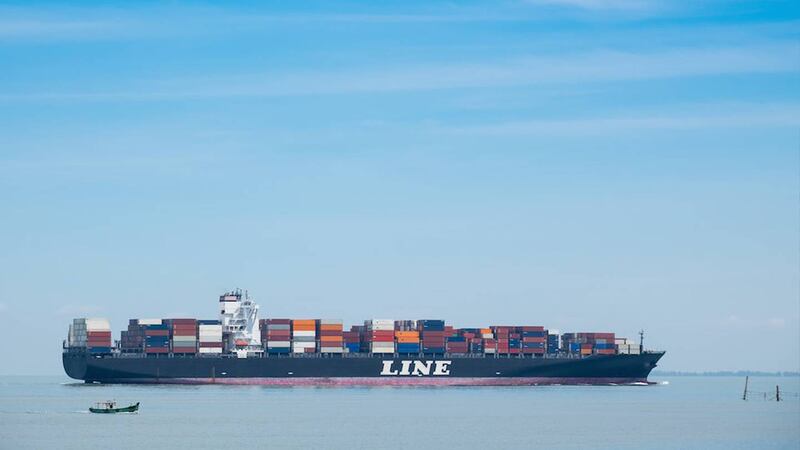
Chinese Premier Sends Warning About Economic Growth
Premier Li Keqiang has spoken about economic growth risks for the third time in a week, signalling concern about China’s outlook as Covid lockdowns disrupt both production and spending. The effect of lockdowns are rippling across the region and putting global supply chains under strain. Congestion at China’s ports worsened after Shanghai’s lockdown. The city is home to China’s biggest port. Though the port has remained open, ship-owners have been trying to divert ships to other ports in the country to avoid a shortage of trucks and warehouse closures in Shanghai. (Bloomberg)
China Decoded wants to hear from you. Send tips, suggestions, complaints and compliments to our Shanghai-based Asia Correspondent casey.hall@businessoffashion.com.
With consumers tightening their belts in China, the battle between global fast fashion brands and local high street giants has intensified.
Investors are bracing for a steep slowdown in luxury sales when luxury companies report their first quarter results, reflecting lacklustre Chinese demand.
The French beauty giant’s two latest deals are part of a wider M&A push by global players to capture a larger slice of the China market, targeting buzzy high-end brands that offer products with distinctive Chinese elements.
Post-Covid spend by US tourists in Europe has surged past 2019 levels. Chinese travellers, by contrast, have largely favoured domestic and regional destinations like Hong Kong, Singapore and Japan.